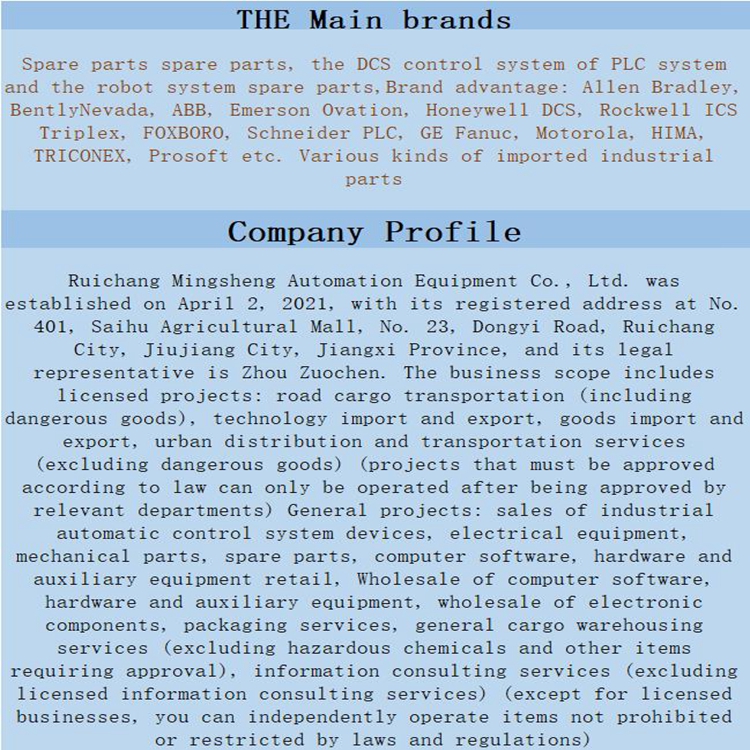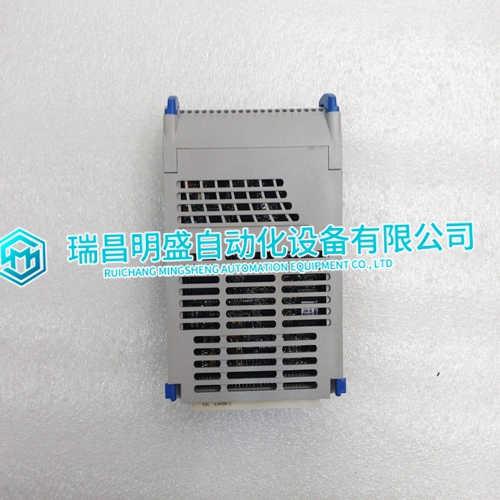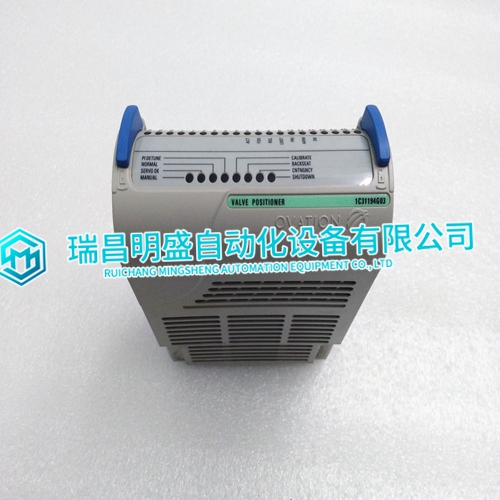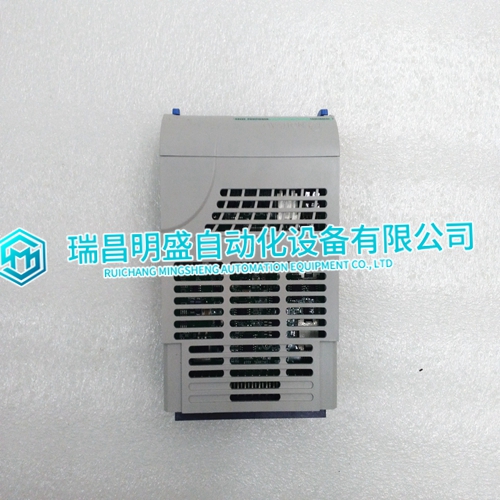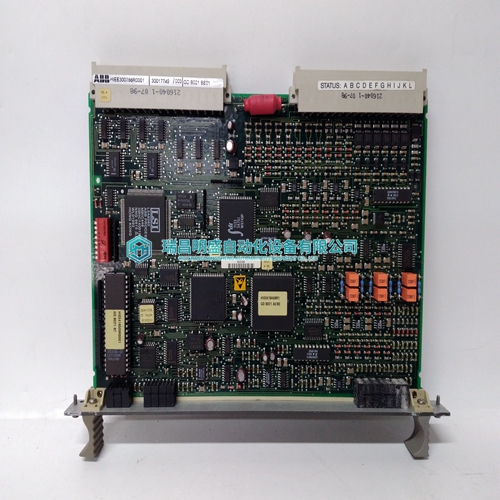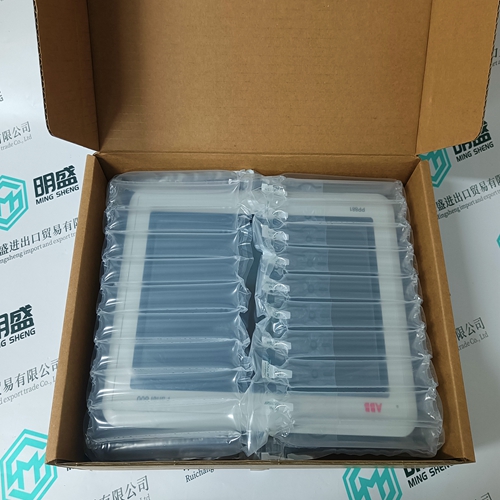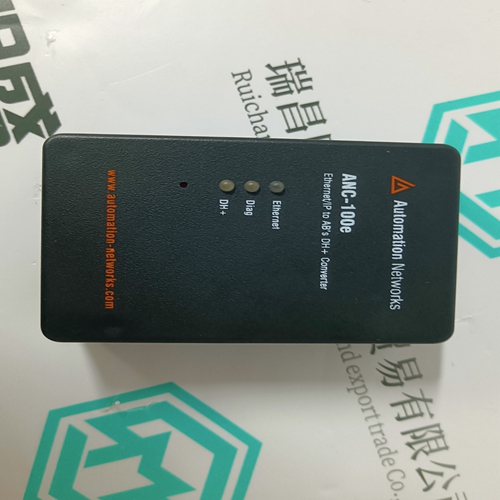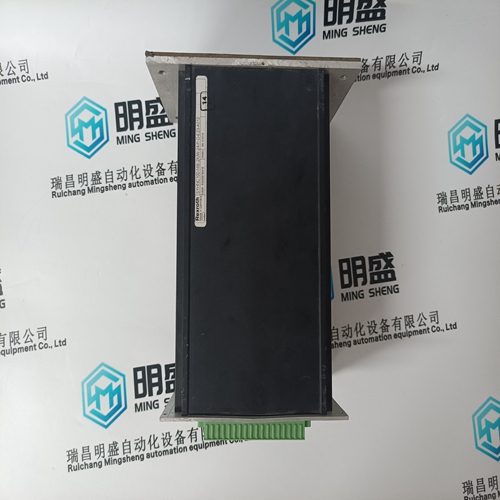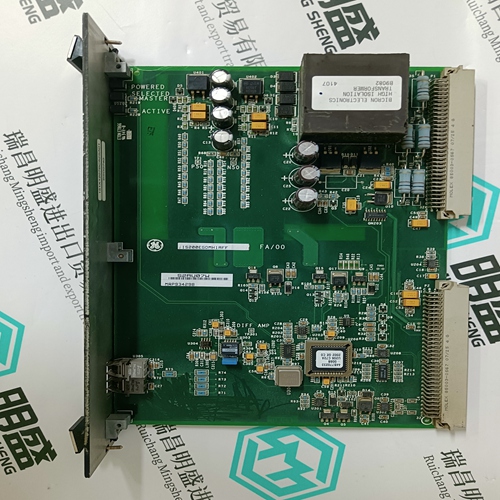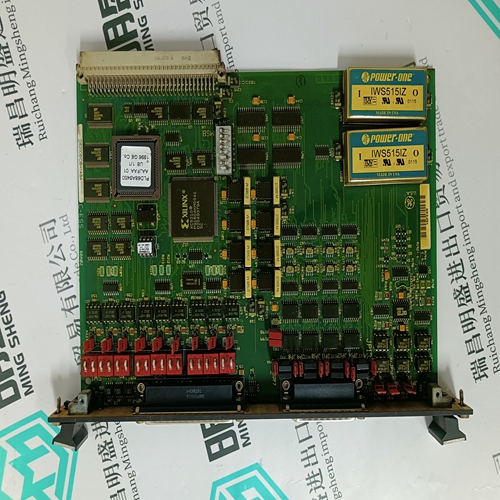Home > Product > DCS control system > 5X00226G02 Analog input module
5X00226G02 Analog input module
- Product ID: 5X00226G02
- Brand: EMERSON
- Place of origin: The United States
- Goods status: new/used
- Delivery date: stock
- The quality assurance period: 365 days
- Phone/WhatsApp/WeChat:+86 15270269218
- Email:stodcdcs@gmail.com
- Tags:5X00226G02Analog input module
- Get the latest price:Click to consult
5X00226G02 Analog input module
System load levels have dropped below 25%, and the master has sequenced network address #2, priority 3 unit off line. The master has fully recognized the priority change, and the new priority settings are in effect. The above examples are typical sequencing functions of the EGCP-2. Isolated bus applications were shown for clarity. The EGCP-2 is capable of automatic sequencing while in parallel with the mains in the process control, or process control soft transfer operating modes. The examples shown above for priority changing and its effects are accurate in mains parallel multiple unit process control modes as well.
Calibration of Control Inputs and Outputs
The EGCP-2 can be thought of as a digital metering device that monitors engine, generator, bus, and mains analog signals. Being a digital metering device, the EGCP-2 must be properly calibrated in order to perform its role as a controlling device accurately. This chapter discusses the calibration of these various inputs and outputs of the EGCP-2, and the effects of the calibration on the metering and control functions of the EGCP-2. The EGCP-2 inputs and outputs are factory calibrated for the best possible tolerance between the input signal, and the signal as sensed by the EGCP-2. All analog signals coming into the EGCP-2 are routed through analog to digital (A/D) converters. These converters have the ability to be “calibrated” so that the input signals sensed by the EGCP-2 software are equal to the true input signal.
While the factory calibration brings
the EGCP-2 control within close tolerance of the various inputs as fed into the control, it cannot account for losses in field wiring that are common in power generation applications. Signal loss due to wire length and impedance, transformer primary to secondary losses, and nonlinearity of sending devices cannot be calibrated out at the factory. This is why the EGCP-2 must be calibrated upon commissioning. The intent of calibrating the EGCP-2 is to make the unit read out the various voltages, currents, frequencies, and temperatures in the various status menu display screens as close as possible to what is actually occurring at the true source of these signals.
